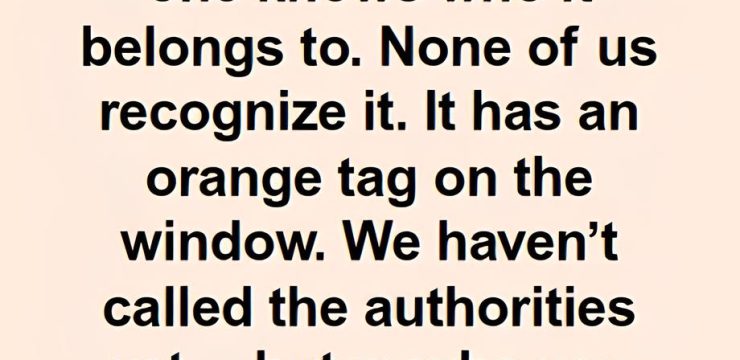Many people still think the two buttons on modern toilets are simply for flushing, with no real difference between them. But those dual flush buttons actually serve a very important purpose beyond just aesthetics or convenience. Designed with water conservation in mind, these buttons help control how much water is used with each flush, offering an eco-friendly solution to one of our most basic daily activities.

If you’ve ever noticed that one button is larger than the other, there’s a reason for that—the size reflects the amount of water each one uses. The larger button is meant for flushing solid waste and typically releases about 6 to 9 liters of water. In contrast, the smaller button is designed for liquid waste and only uses around 3 to 4.5 liters per flush. This dual option allows you to choose exactly how much water is necessary depending on the situation, ultimately saving a significant amount of water over time. What many people don’t realize is just how much of an impact this small change in toilet design can make. By consistently using the appropriate flush button, a household can save up to 20,000 liters of water each year compared to homes that use single-flush toilets. Think about that—20,000 liters of clean, treated water that doesn’t go straight down the drain unnecessarily.
That’s not just a win for your water bill; it’s a big win for the planet. In an age where sustainability and environmental awareness are more important than ever, this simple feature can make a meaningful difference. Despite the environmental and financial benefits, dual flush toilets are often misunderstood or overlooked. Some people assume the two buttons are purely cosmetic, or they just press the larger one out of habit without realizing there’s a more efficient choice. Others might be unsure which button is meant for which type of flush. This lack of awareness means many households aren’t using their toilets as efficiently as they could be, missing out on water savings that really add up. The idea behind the dual flush system isn’t new.
It was introduced back in 1976 by Victor Papanek, a designer known for promoting socially and environmentally responsible design. However, it wasn’t until 1980 that the concept was first implemented in practice, and that happened in Australia—a country that has often been ahead of the curve when it comes to water conservation due to its frequent droughts and limited water resources. From there, the dual flush system gained popularity and started spreading to other parts of the world, particularly in regions facing similar water shortages or where green building standards were being introduced.
Today, dual flush toilets are found in homes, offices, and public buildings around the globe. Still, the full potential of this smart design won’t be realized until more people understand how it works and why it matters. While the initial cost of installing a dual flush toilet may be slightly higher than that of a traditional single-flush model, the investment pays off in the long run. Not only does it reduce your monthly water bill, but it also lowers the overall demand on your local water system. Plus, in some areas, homeowners may be eligible for rebates or incentives when they upgrade to water-saving fixtures. Choosing which button to press might seem like a small decision, but when you multiply that choice by the number of people in a household and the number of times a toilet is flushed each day, it’s clear that it adds up fast. A little knowledge can go a long way in making your home more environmentally friendly. So next time you use a dual flush toilet, take a second to think about what kind of flush you actually need. By pressing the right button, you’re not only doing your part to conserve water—you’re helping shape a more sustainable future, one flush at a time.





